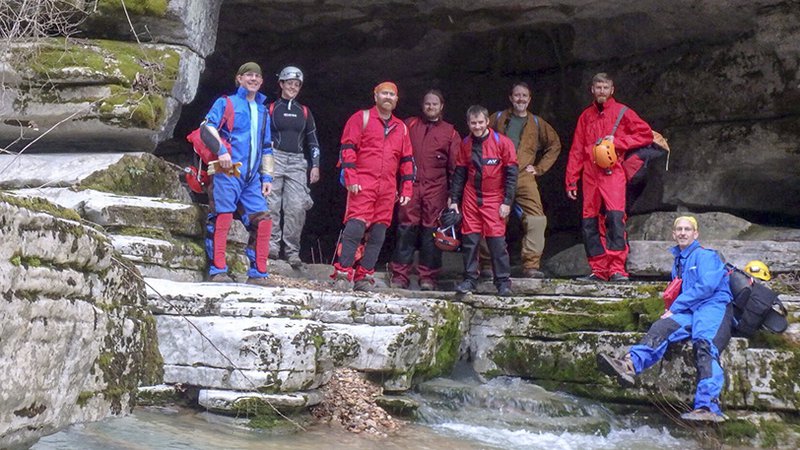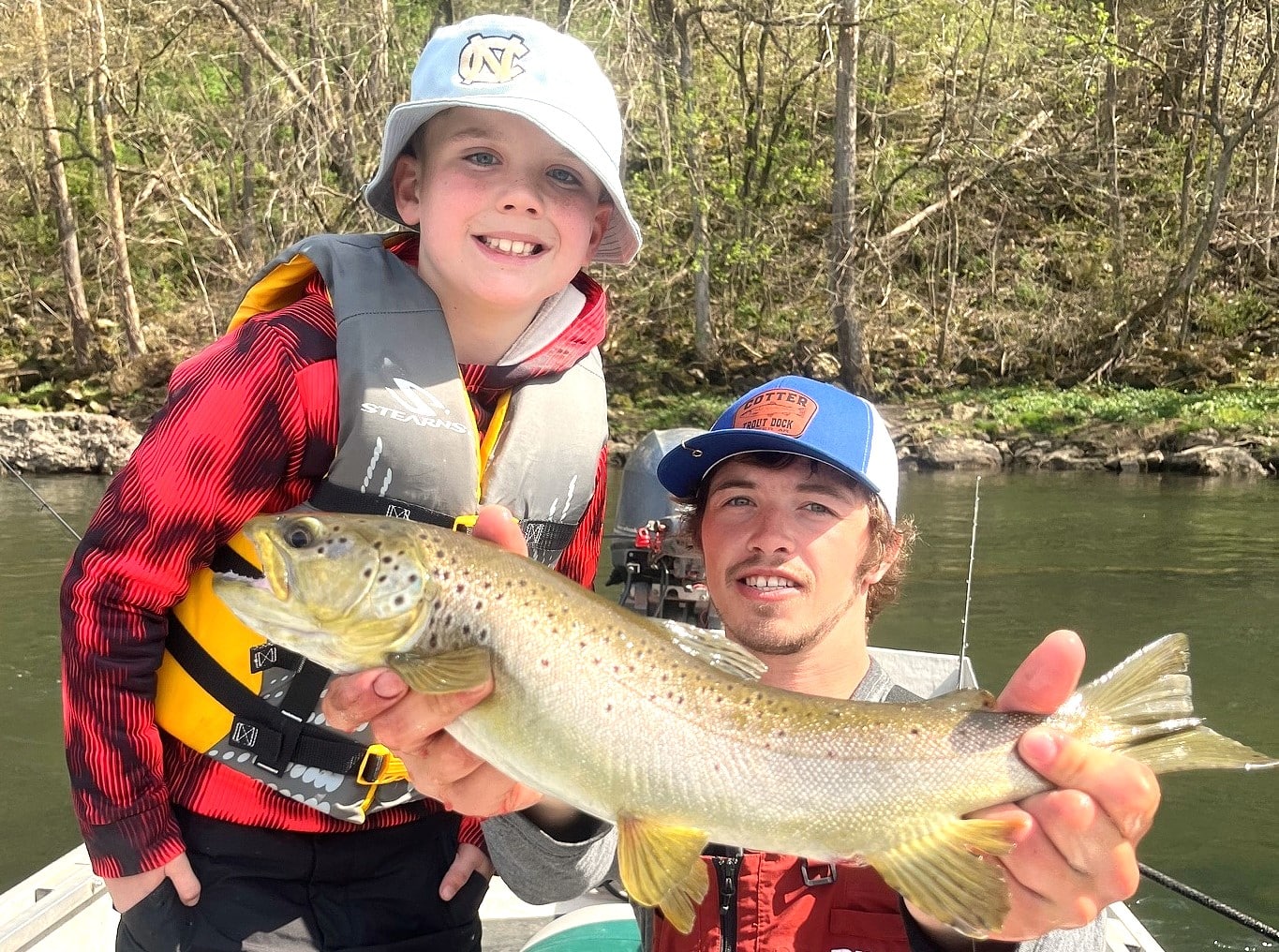AGFC partners with other agencies to count endangered crayfish
BY Jim Harris
ON 03-20-2019

March 20, 2019
Jim Harris
Managing Editor Arkansas Wildlife Magazine
MOUNTAIN VIEW — If the heavy rains of recent weeks can abate, researchers including Justin Stroman from the Arkansas Game and Fish Commission plan to do some important counting in a cave next week.
Stroman, environmental coordination biologist for the AGFC, will be joined by other biologists from state and federal agencies taking part in a study that’s performed every two years: counting the number of Hell Creek Cave crayfish as they crawl about the cave. The tiny Hell Creek Cave crayfish – yes, it’s a mouthful to say – is on the federal Endangered Species list. It is an extremely rare species, found in only two Arkansas caves (Hell Creek Cave and Nesbitt Spring Cave, both in Stone County) and in Yellville Spring in Marion County.
The crayfish reside in deep pools inside the opening of the caves, cave stream walls, muddy streams and other in-stream habitats, according to a report issued by the U.S. Fish and Wildlife Service.
Stroman said the group planned to conduct a count since the beginning of the year, but first the federal government shutdown hit, and then the cave contained too much water from the large amounts of rainfall that have filled the White River. Runoff from Hell Creek eventually reaches the White, but even when the creek is down or dry, there can be a lot of water inside the cave.
Many area streams occur on karst topography and are known as “losing streams” when they go underground. They may lack surface water but have subsurface flows, Stroman said.
While the group is counting crayfish, Stroman said earlier this week, they will also be counting the number of bats living in Hell Creek Cave.
“You only want to get in (the cave) as few times as possible, so we combine the two counts,” Stroman said. White-nose syndrome is a disease that has struck bats in a couple of cave systems including Hell Creek Cave, so the bat count will help with those studies for the AGFC and USFWS.
The groups joining Stroman, AGFC aquatic diversity coordinator Brian Wagner and USFWS in the crayfish and bat counts are The Nature Conservancy Arkansas and the Arkansas Natural Heritage Commission, which owns both known entrances and the 160 acres surrounding Hell Creek Cave. The cave itself is not accessible to the public. Stroman adds that occasionally the Arkansas Department of Environmental Quality joins some of these multiagency cave surveys.
The Hell Creek Cave crayfish are sensitive to ground disturbance, Stroman said, so the groups only want to make one count of the crayfish about every two years. Trampling of the crayfish in the cave is another consideration to avoid, Stroman said. With the cave off-limits to visitors, this becomes less of a problem. However, the USFWS lists land fertilizers and sewage, alterations of drainage and hydrologic patterns, lower groundwater levels and the physical destruction of caves as major threats to the crayfish.
“My primary role as an environmental coordination biologist is to review projects that could negatively impact water resources,” Stroman said. “So conducting these surveys helps inform my environmental reviews.”
The crayfish is 2½ to 3 inches in length, lacks any pigmentation and has reduced eyes. The total population, according to the USFWS, is estimated to be less than 50 crayfish, though with much of the habitat inaccessible, census counts such as the one this week tend to fluctuate widely between the biannual surveys. Stroman admits, “They are a little white crawfish and only just yay-big. We may be lucky to find four or five.”
Stroman says the cooperation between agencies on such projects as the Hell Creek Cave crayfish survey is something his division is striving to achieve. For example, he notes, studies on the endangered yellowcheek darter have included help from The Nature Conservancy and USFWS with the AGFC.
“The partnerships that we have formed in Arkansas are one of the greatest assets we have,” Stroman said. “While other states have various agencies fighting over ‘turf,’ in Arkansas we really have true cooperation and friendship between the resource agencies and NGOs. It’s one of the best things about working in this state. We’re all on the same team.”
Recent News
Subscribe to Our Weekly Newsletter E-mails
Don’t miss another issue. Sign up now to receive the AGFC Wildlife Weekly Newsletter in your mailbox every Wednesday afternoon (Waterfowl Reports are published weekly during waterfowl season and periodically outside the season). Fishing Reports arrive on Thursdays. Fill in the following fields and hit submit. Thanks, and welcome!


